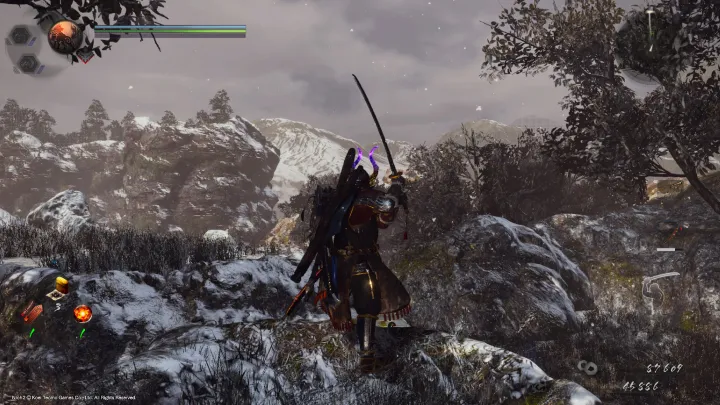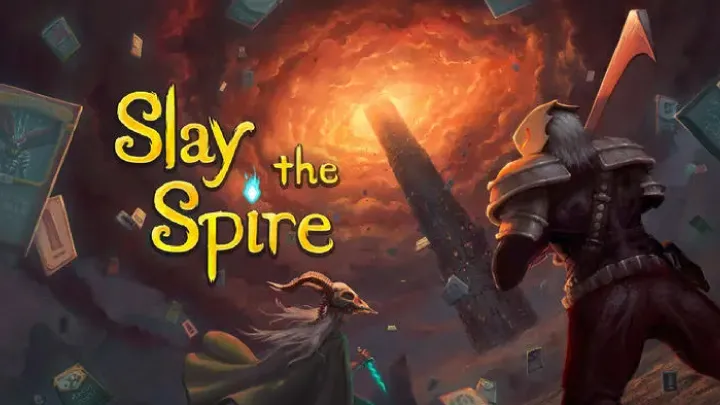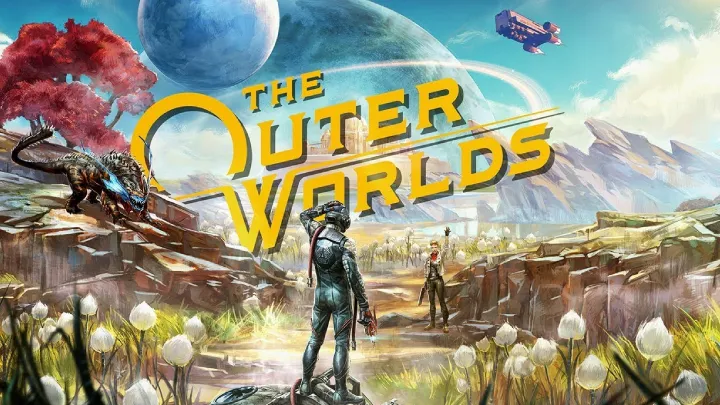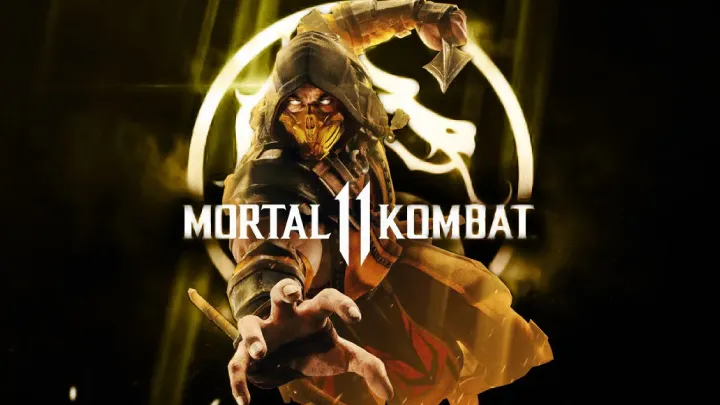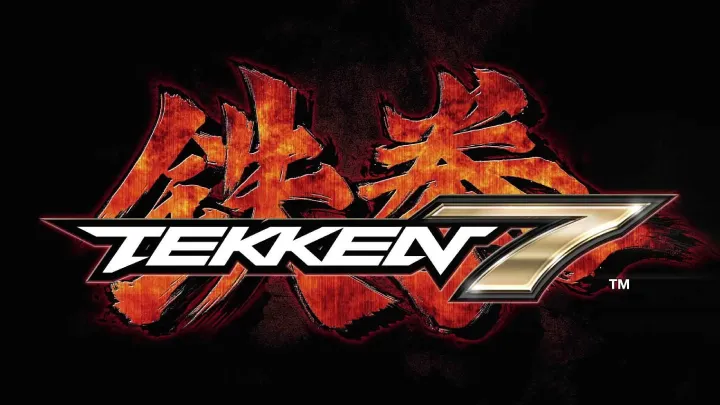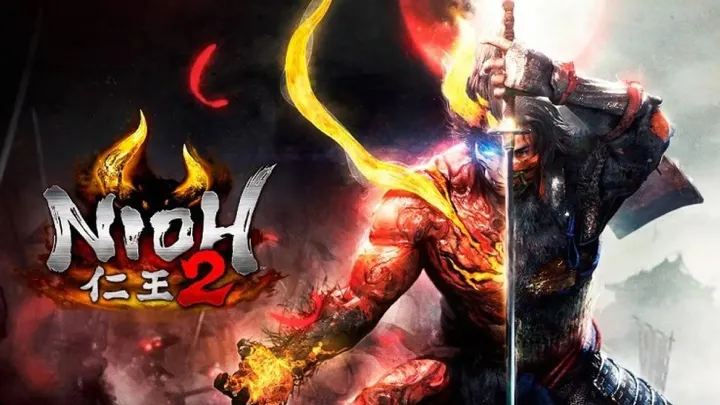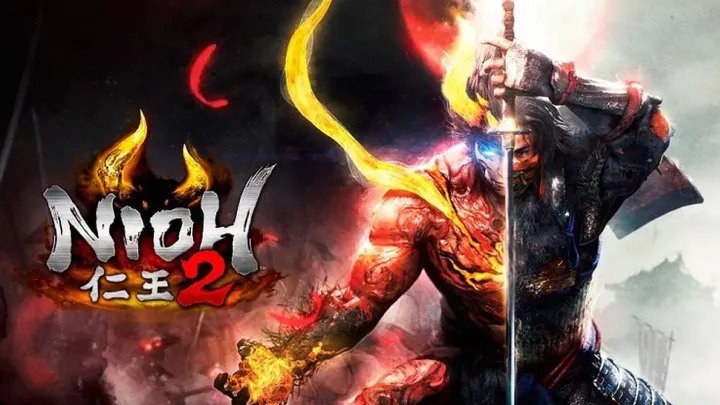
Introduction
Nioh 2, the sequel to Team Ninja’s acclaimed action RPG, builds on its predecessor's foundations while introducing new gameplay mechanics, character customization, and an expansive storyline set against the backdrop of Japan's Sengoku period. Despite its many successes, one recurring issue has emerged in the player community: combat balance. The game features a myriad of weapons, skills, and stances, yet the imbalance among these elements can lead to frustrations for players seeking a fair and engaging combat experience. This article explores the complexities of combat balance in Nioh 2, examining its systems, identifying the common pitfalls, and discussing potential solutions to enhance player engagement.
Understanding Combat Mechanics
The Core Systems of Nioh 2
Nioh 2’s combat system is intricate and nuanced, emphasizing a blend of skill-based gameplay and strategic decision-making. The game introduces several key mechanics, including:
- Stances: Players can switch between three stances (low, mid, and high) that affect attack speed, damage output, and defensive capabilities.
- Ki Management: Ki is a crucial resource for executing attacks and dodges. Balancing Ki expenditure becomes essential to maintaining fluidity in combat.
- Spirit Guardian: Unique to Nioh 2, this mechanic introduces different guardians that provide buffs and unique abilities, adding another layer of strategy to combat.
The Role of Weapons
Each weapon in Nioh 2 has its unique characteristics and move sets, which cater to different playstyles. From katanas to spears to dual swords, players can find tools that resonate with their preferences. However, the diverse nature of weapons also contributes to the balance issues, as some weapons outshine others in certain scenarios or playstyles.
Combat Balance Issues: The Uneven Playing Field
Weapon Classes and Efficacy
One of the most significant issues with combat balance lies in the varying effectiveness of weapon classes. Players often identify specific weapons as "meta," leading to a disparity in combat experience. For instance, certain weapons like the dual swords and the katana offer rapid attack options that can quickly deal damage, while others like the spear may feel less impactful in comparison.
The Impact of Weapon Scaling
Weapon scaling, which determines how weapon damage is affected by character attributes, can further exacerbate balance issues. Some weapons scale particularly well with specific abilities or builds, while others can feel underwhelming if not optimized correctly. This discrepancy can discourage players from experimenting with different weapon types and create a sense of frustration when a player’s chosen weapon feels ineffective.
The Stance System: Benefits and Drawbacks
The Stance Mechanics
The stance system in Nioh 2 adds considerable depth to combat, allowing players to dynamically switch between stances for different combat scenarios. Each stance has its advantages: low stance allows for quick attacks, mid stance offers balanced options, and high stance delivers significant damage at the cost of speed.
Problems with Stance Timing
Despite its potential, the stance system can induce problems related to timing and responsiveness. Players may find it challenging to switch stances effectively in the heat of battle, leading to wasted Ki or missed opportunities to execute powerful attacks. Additionally, the rigidity in switching stances may sometimes leave players vulnerable to enemy attacks, disrupting the flow of combat.
Ki Management: The Heart of Combat Flow
Understanding Ki and Its Importance
Ki management is crucial in Nioh 2 as it determines a player's ability to perform actions like dodging, blocking, and executing attacks. A well-managed Ki resource allows players to maintain offensive pressure while also ensuring defensive capabilities.
The Struggles with Ki Recovery
Many players report frustrations regarding Ki recovery, especially during intense encounters. Although Nioh 2 provides players with avenues to recover Ki through strategic choices, the system can feel punishing when Ki consumption exceeds recovery methods. This imbalance can lead to scenarios where players are forced to adopt overly defensive strategies, undermining the dynamic gameplay the game aims to promote.
Enemy Design and Combat Dynamics
The Role of Enemy Variety
Nioh 2 features a diverse range of enemies, including human enemies, yokai, and various boss characters. Each enemy type comes with distinct attack patterns and behaviors. However, not all enemies are perfectly balanced, and certain types can dominate the combat experience.
Frustrating Combat Encounters
Some encounters can feel disproportionately challenging, particularly if certain enemy types have mechanics that exploit player weaknesses. For example, enemies that can interrupt Ki recovery or inflict negative statuses can create scenarios where players feel as though they are at a disadvantage due to poorly balanced shuffling of enemy abilities and player health management.
The Spirit Guardian System
Overview of Spirit Guardians
The Spirit Guardian system allows players to summon unique guardians that provide buffs and special abilities, adding depth to combat strategies. Each guardian has its unique attacks and passive bonuses that can be utilized in battle.
Balancing Spirit Guardian Abilities
While the addition of Spirit Guardians offers versatility, some players express concerns about their balancing. Certain guardians may significantly outclass others in specific situations, leading players to gravitate towards a limited selection for optimal effectiveness. This phenomenon can discourage experimentation with different guardian setups and undermine the game's potential for varied playstyles.
Build Diversity: A Double-Edged Sword
Character Customization Options
Nioh 2's character progressions allow players to customize their build through skill trees, weapon proficiencies, and abilities. This feature is integral to player engagement, enabling personalized experiences suited to various playstyles.
Limitations Due to Meta Constraints
However, the presence of a dominating "meta" can limit build diversity. Players often feel pressured to adopt specific builds that maximize efficiency, leading to a sense of homogenization in gameplay experiences. Diverse builds become less viable if a particular set of traits or weapons is more effective, which can frustrate players who enjoy creating unique characters.
Community Feedback and Developer Response
Player Concerns
The Nioh 2 community has been vocal about their experiences with combat balance, often discussing the perceived strengths and weaknesses of various weapons, enemy types, and mechanics. Players frequently share tips and strategies on forums, but common issues continue to surface, leading to calls for adjustments from developers.
Addressing Imbalances
To enhance player experience, developer Team Ninja must prioritize comprehensive balance updates to address player concerns. Regular patches that reduce discrepancies between weapons, tweak enemy difficulty, and refine the Spirit Guardian system could significantly improve the game's combat mechanics.
Looking Ahead: Future Updates and Improvements
The Potential for Balance Changes
As Nioh 2 evolves, the potential for balance changes is crucial for retaining player engagement and interest. By actively monitoring community feedback and implementing changes based on player experiences, Team Ninja can cultivate a more enjoyable balance between weapons, enemies, and mechanics.
Enhancing New Content
Future expansions could focus on further diversifying weapon types and playstyles, ensuring they complement existing mechanics while curbing potential imbalances. Creative additions, such as new stances or Ki management strategies, might rekindle interest for both newcomers and veterans alike.
Conclusion
Nioh 2 is an impressive action RPG that excels in numerous aspects, yet it struggles with combat balance, leading to frustrations for players navigating its intricate systems. Issues surrounding weapon efficacy, stance transitions, Ki management, and enemy design create barriers that undermine the game's overall experience. By addressing these challenges and implementing player feedback, Team Ninja can foster a more dynamic combat environment that revitalizes engagement and enhances the enjoyment of an already beloved title.